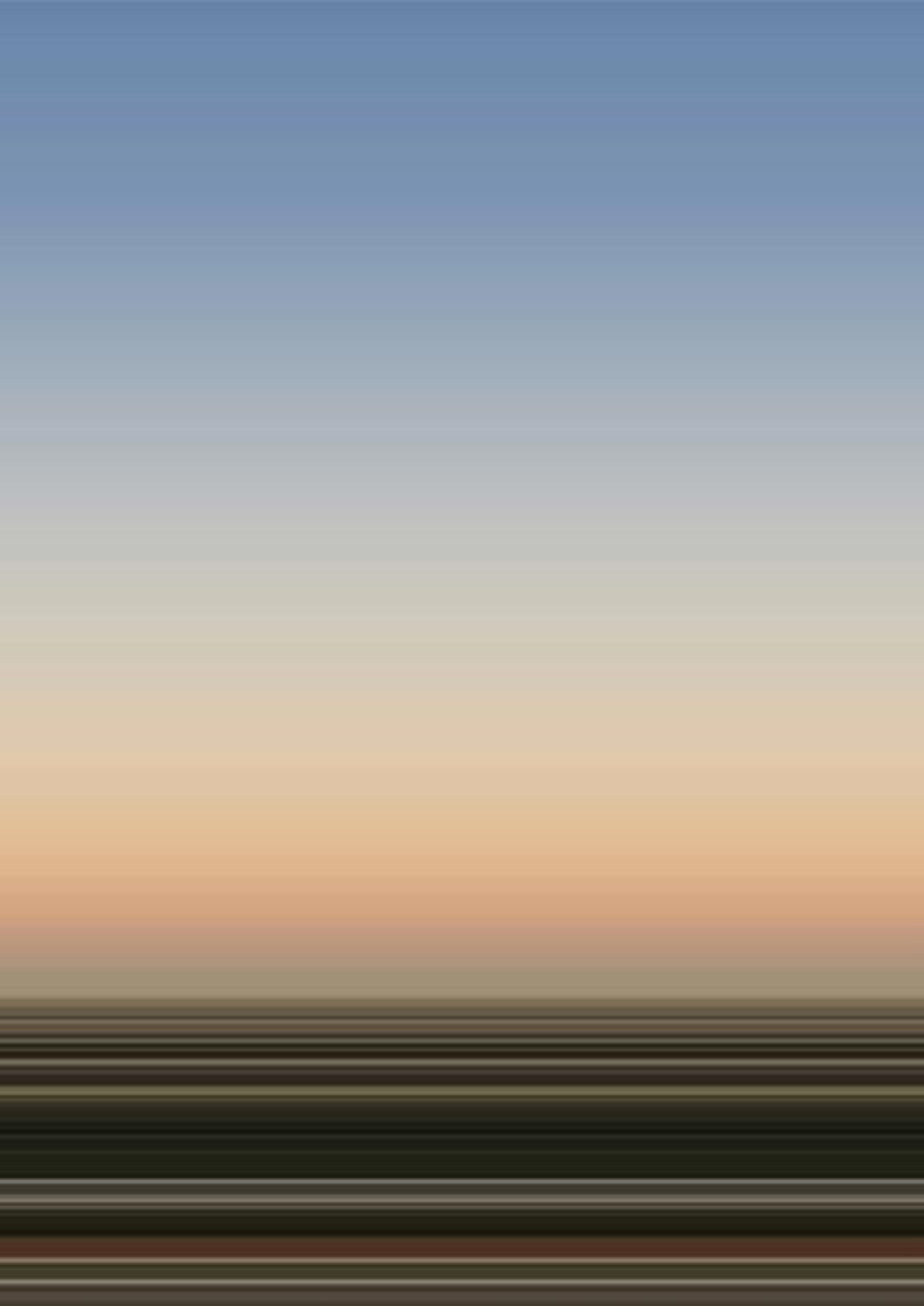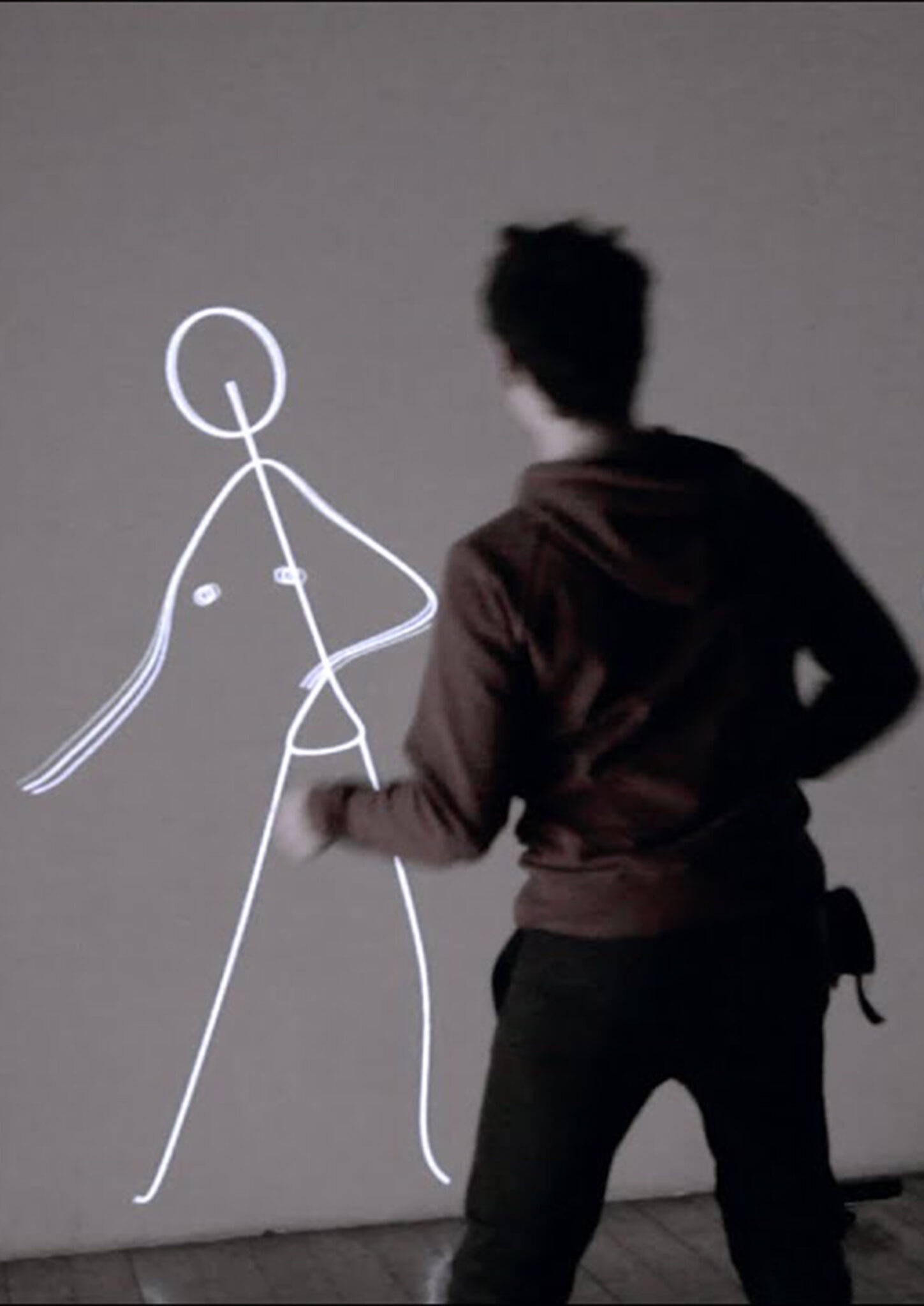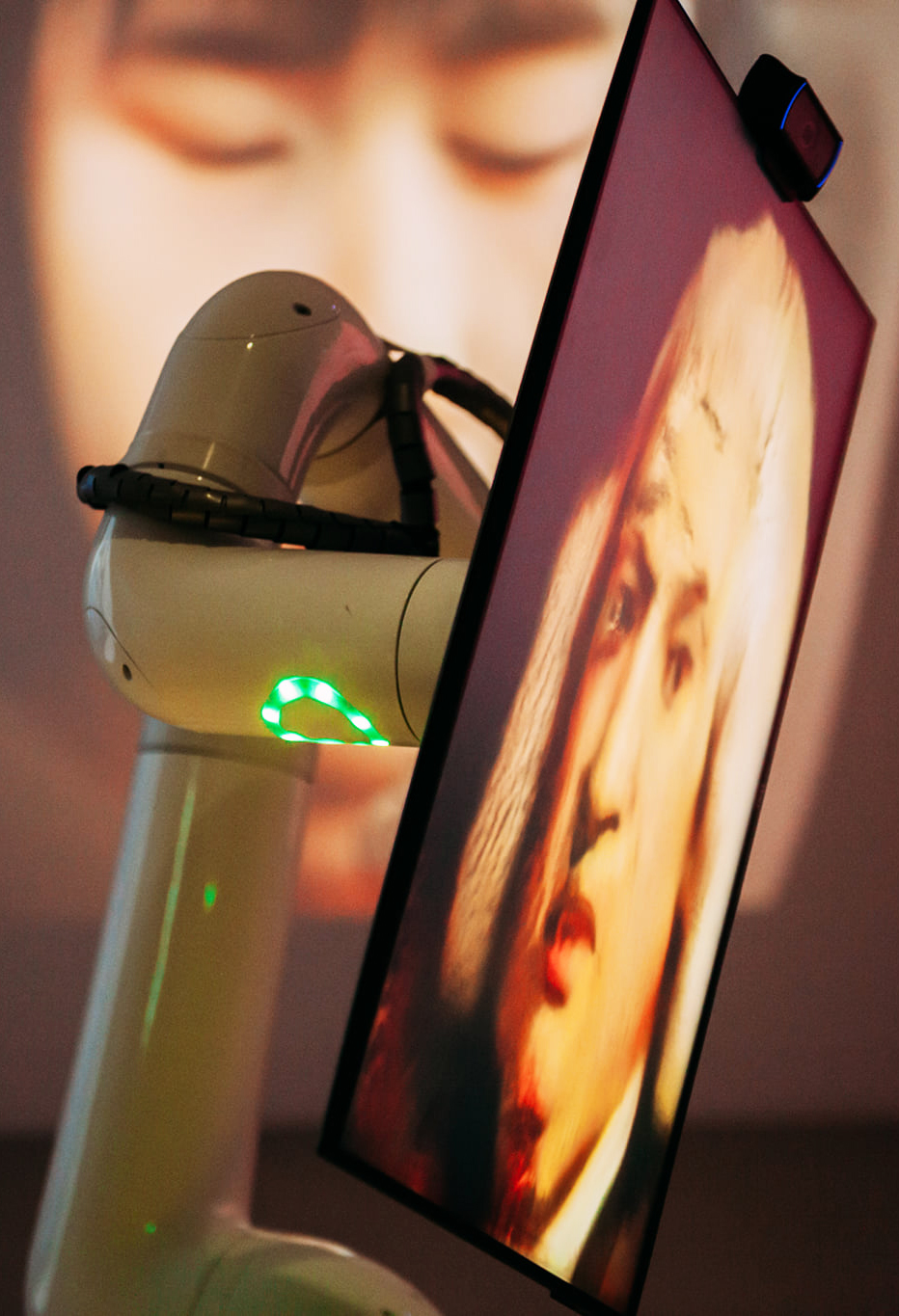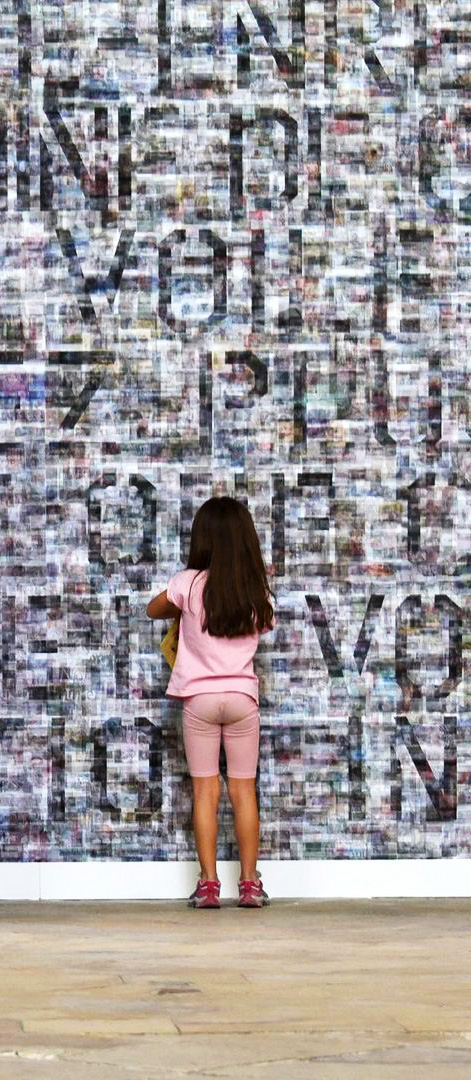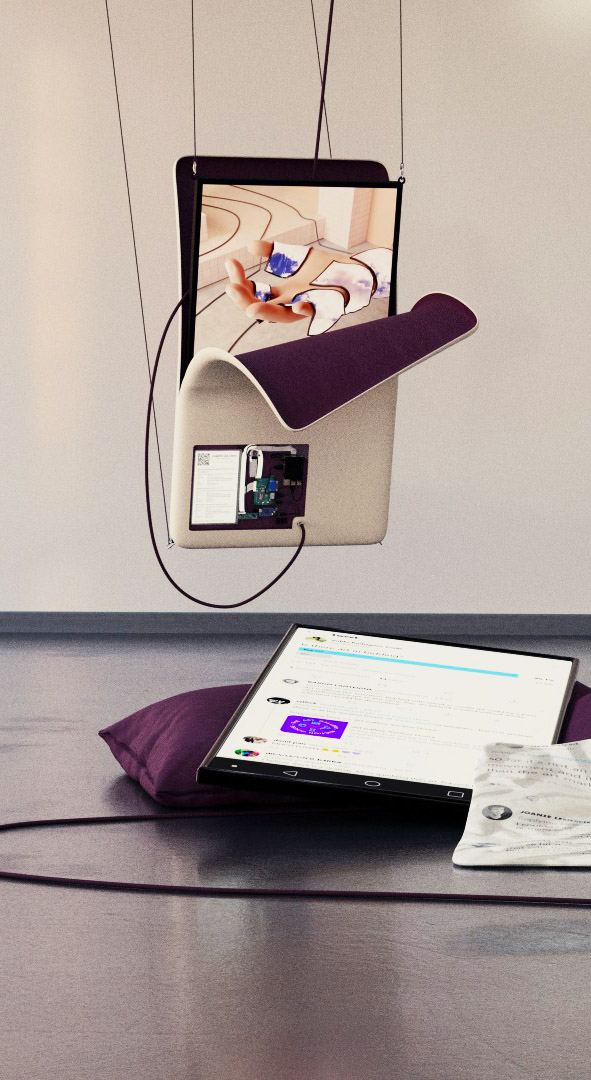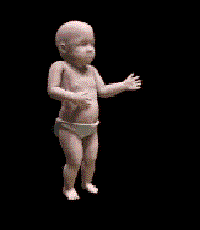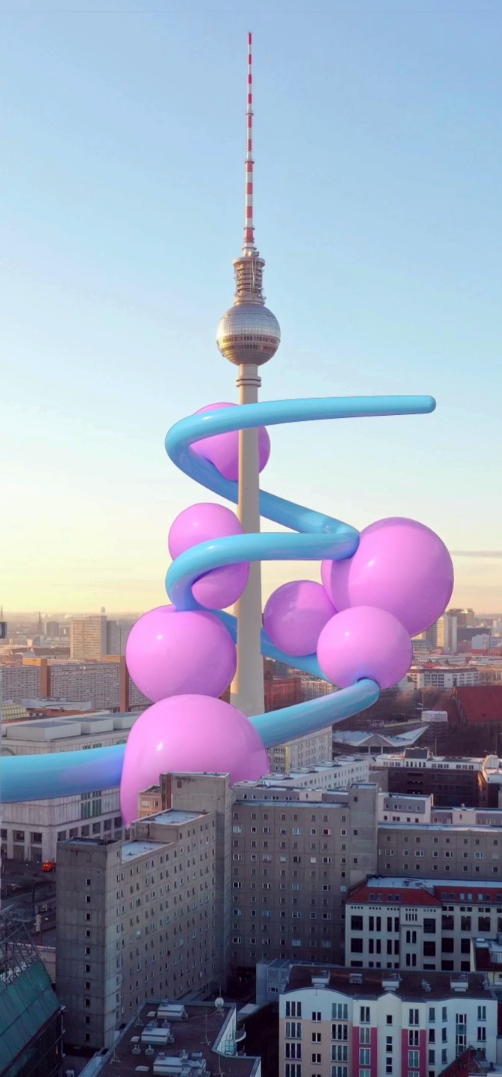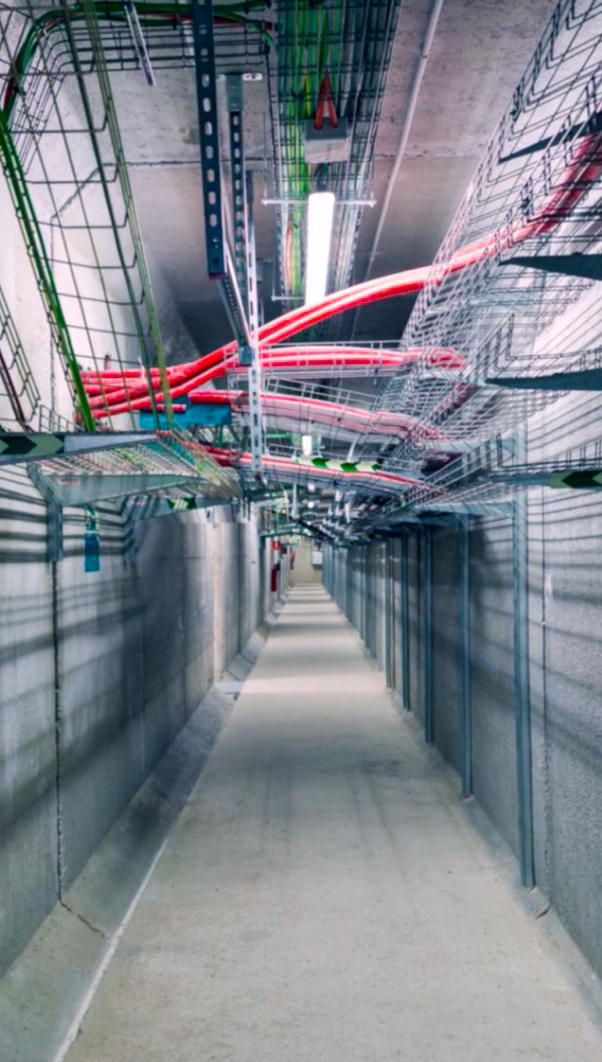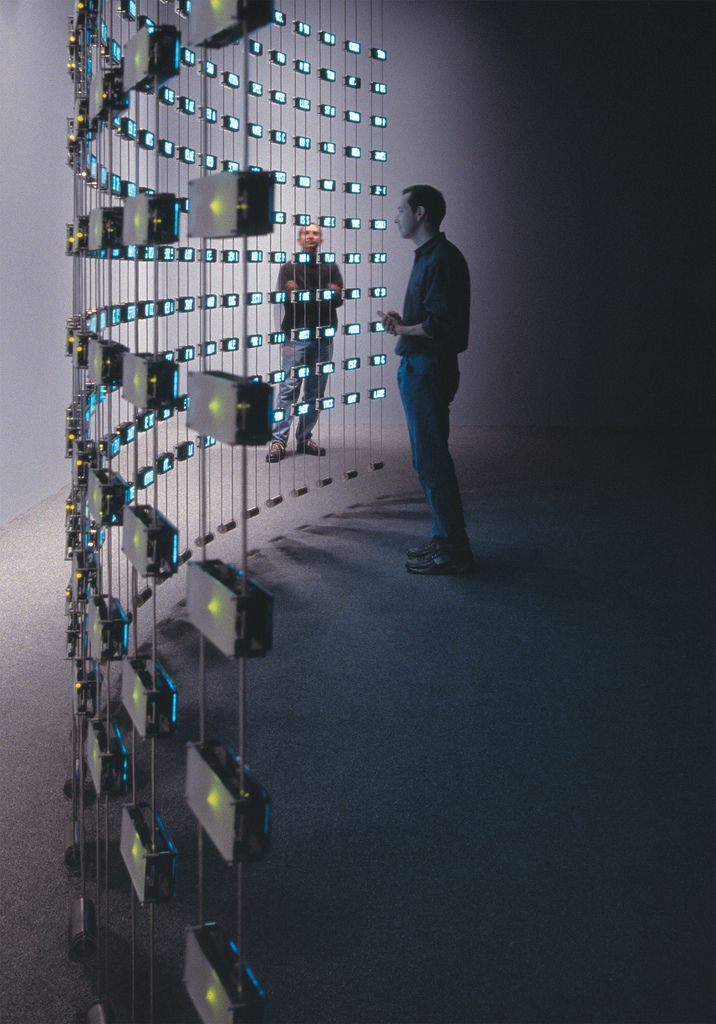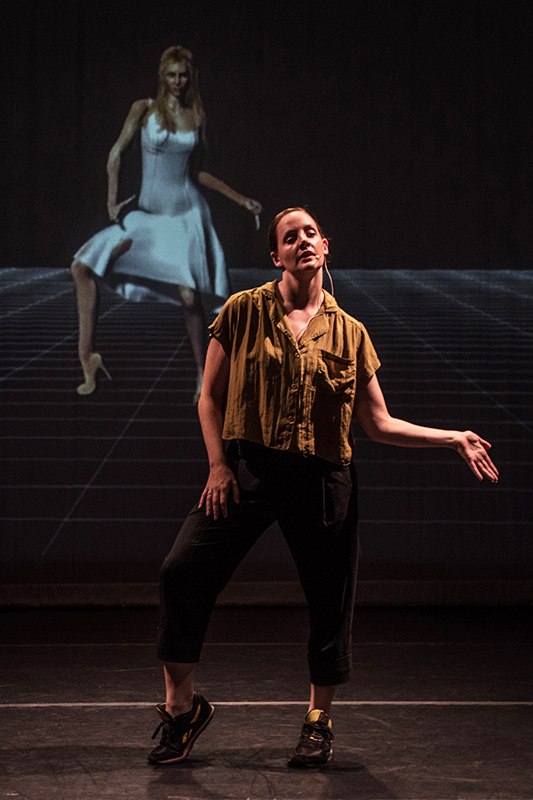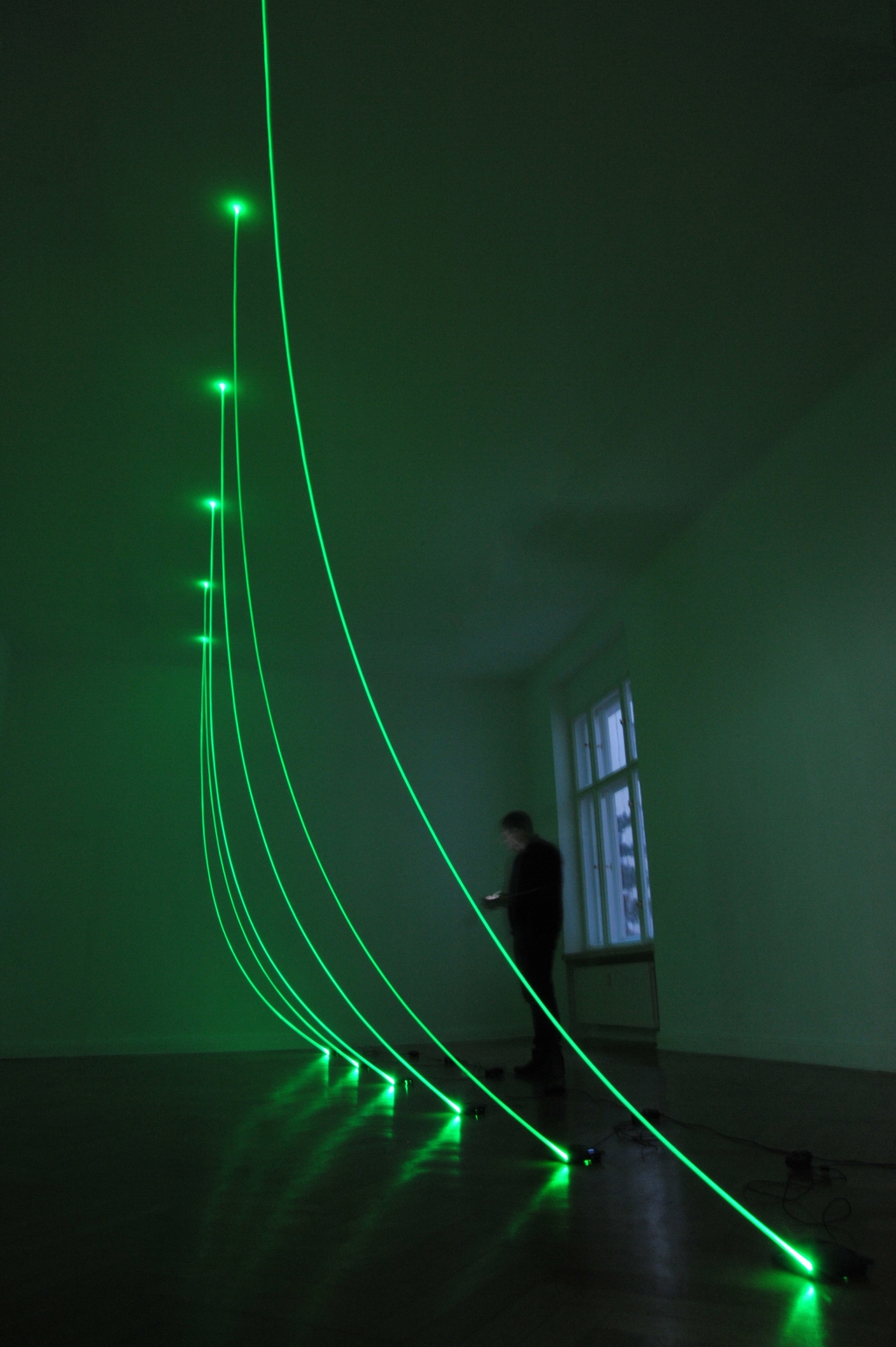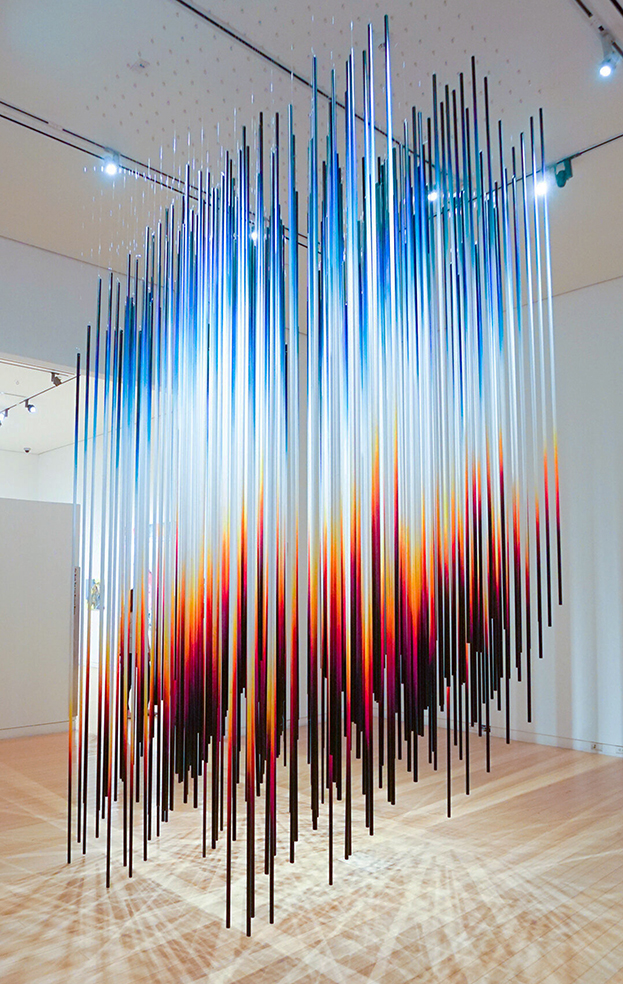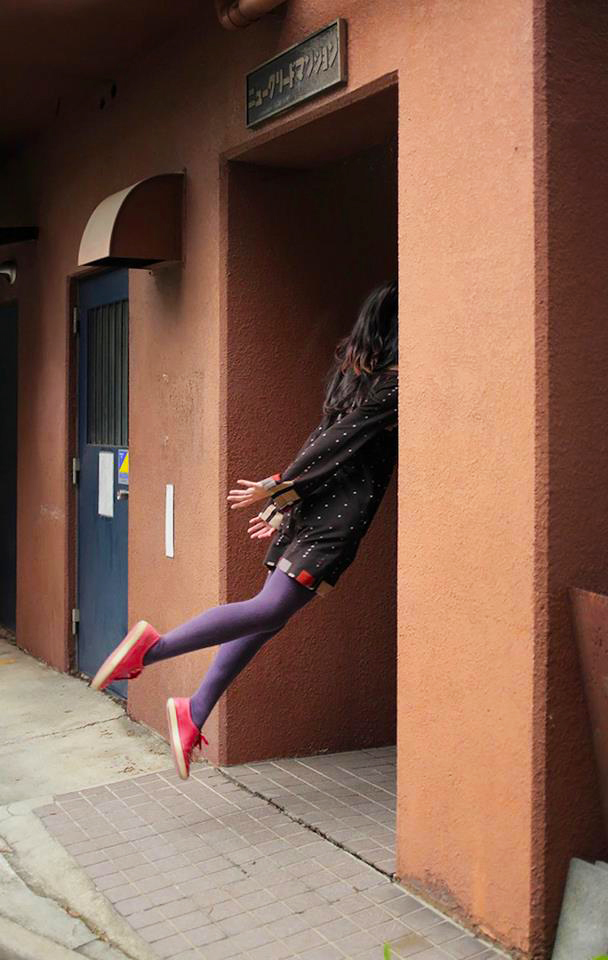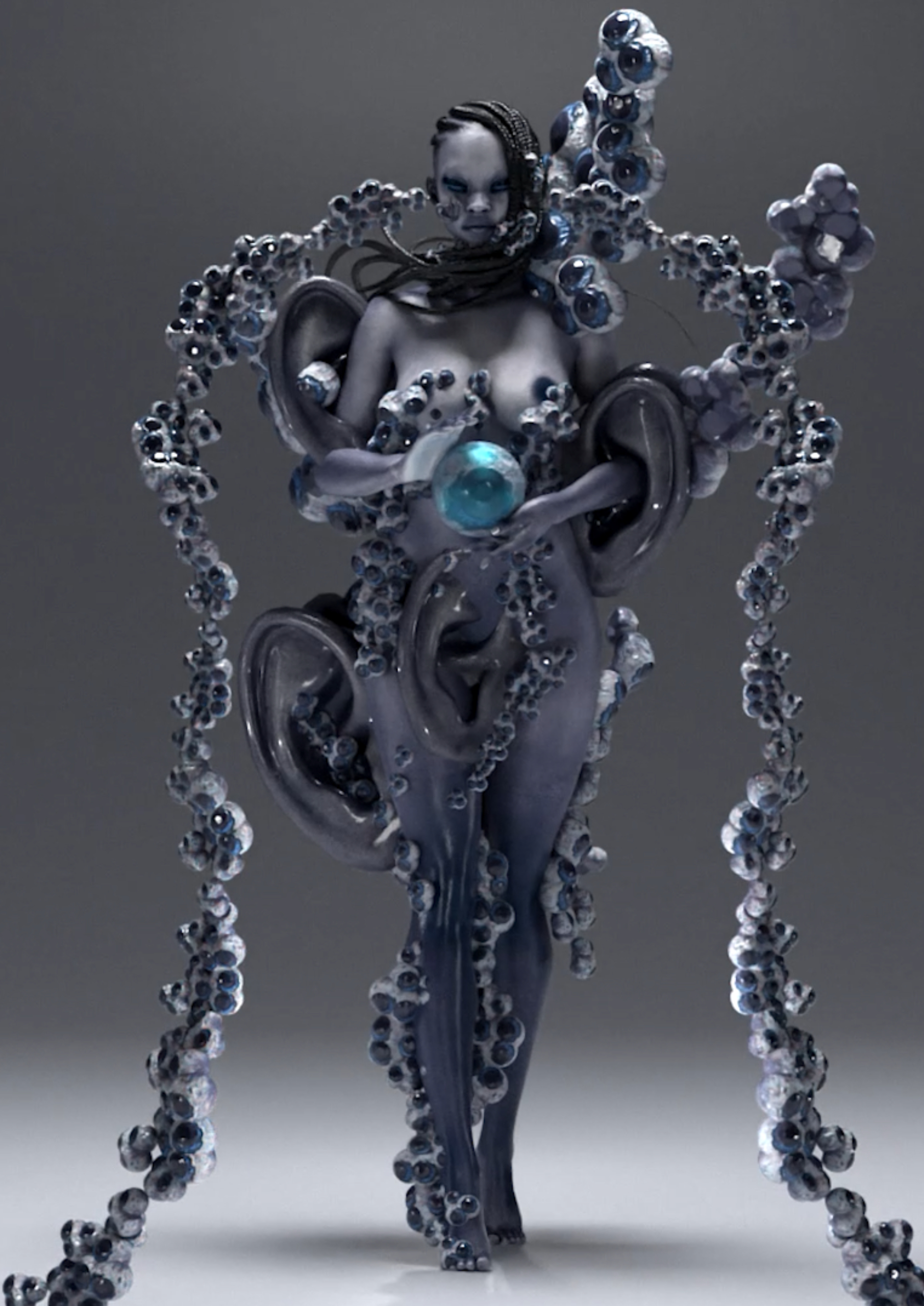
SYNTHETIKA: Vitoria Cribb
//:Are you observing or being observed?
Vitoria Cribb
FILE São Paulo 2025 | CGI Videos
Festival Internacional de Linguagem Eletrônica
//:Are you observing or being observed? – Brasil
Nesse curta-metragem criado para a Bangkok Art Biennale 2022, são explorados temas como vigilância, desvio de atenção, corpos digitais versus presença digital, e os limites entre materialidade e imaterialidade na contemporaneidade. A artista utiliza áudio e animação em CGI para expressar suas sensações e reflexões sobre esses temas. A obra propõe uma reflexão sobre o ato de consumir conteúdos online enquanto somos simultaneamente observados por algoritmos que coletam nossos dados — um jogo entre observar e ser observado. O trabalho encarna essa grande entidade anônima que nos cerca e nos vigia na internet.
BIO
Formada pela Escola Superior de Desenho Industrial da Universidade do Estado do Rio de Janeiro. Em 2025, participou da 16ª Bienal de Sharjah e da 14ª Bienal do Mercosul. Participações anteriores incluem: a 3ª Bienal Mayrit; a 22ª edição do Videobrasil – Festival SESC de Arte Contemporânea; Frieze Film Seoul 2024; Arteônica, no Museum of Latin American Art; e Shifting Horizons, no Pylon-Hub L.
